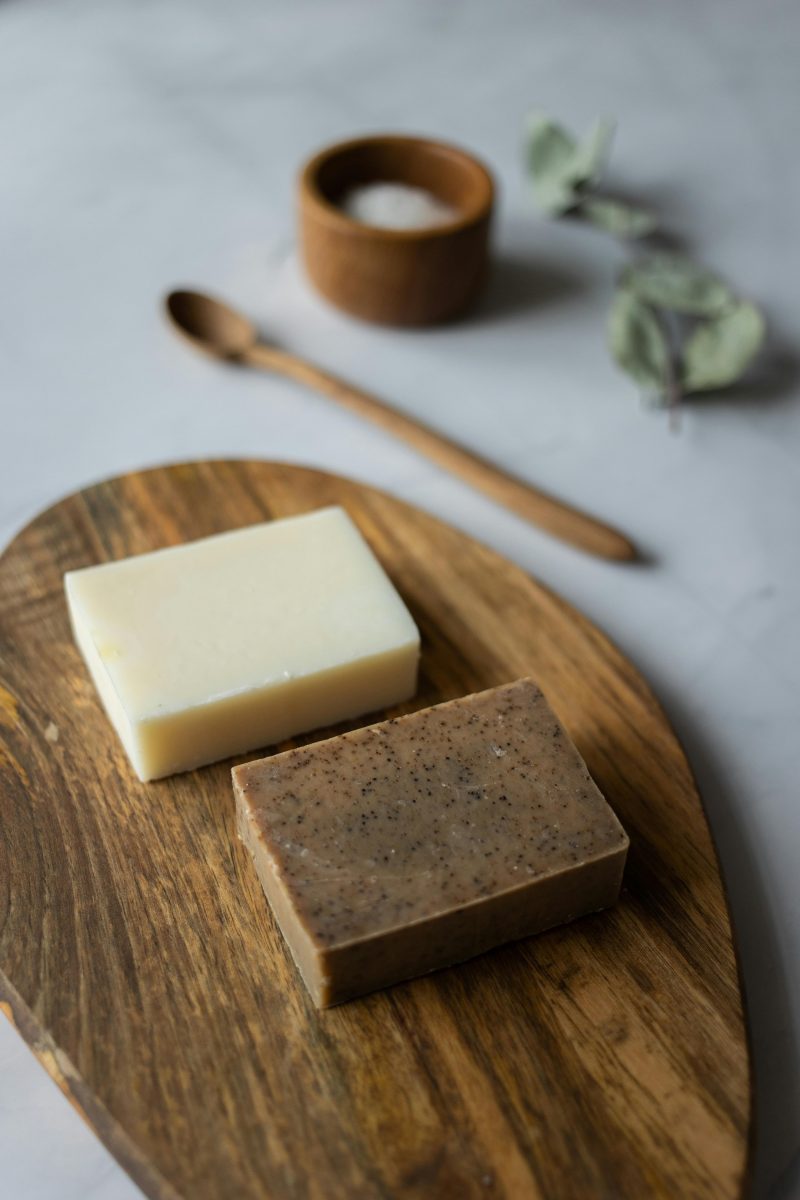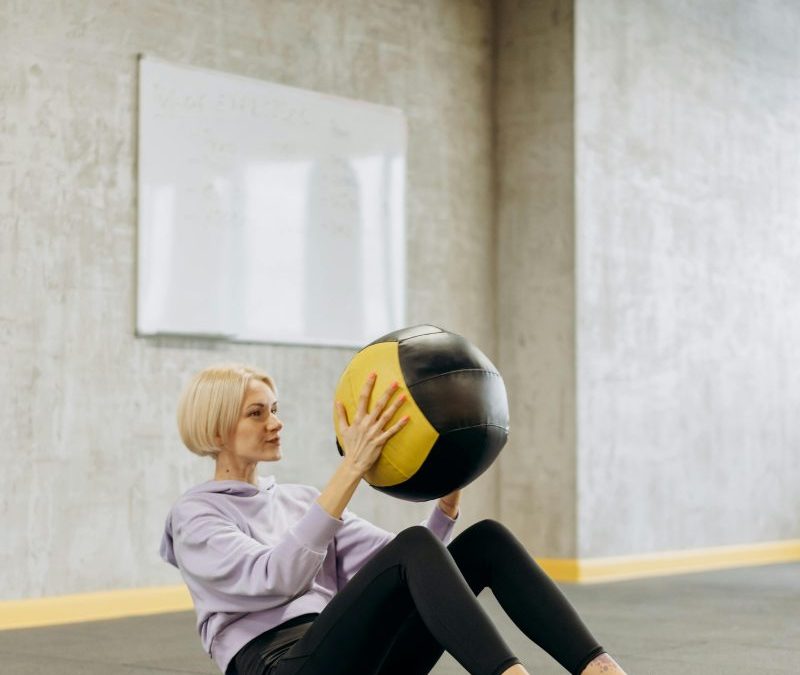Last Updated on: 14th July 2024, 10:56 am
Introduction to Squatting

Mastering the squat is a game-changer in any fitness journey, yet its simplicity is often overshadowed by common misconceptions and overlooked details. Proper squat form is not just about bending the knees and lowering the hips; it’s a complex movement that, when executed correctly, can transform your physical health. Misconceptions such as “squatting is bad for your knees” or “you should always squat below parallel” can deter many from exploring this powerful exercise. However, understanding the biomechanics of squatting reveals its true potential for enhancing strength, flexibility, and overall body composition.
- Improving your squat form unlocks a myriad of benefits. It’s not merely about lifting heavier weights; it’s about optimizing movement efficiency, reducing the risk of injury, and ensuring longevity in your fitness endeavors.
- A well-executed squat engages multiple muscle groups, promotes core stability, and improves balance and posture.
- The journey to perfecting your squat is a rewarding one, offering not just physical gains but also a deeper connection with your body’s capabilities and limitations.
Embrace the squat with an open mind and a willingness to learn. The path to improvement is paved with patience, persistence, and the right knowledge. Let’s dive deeper into how you can elevate your squat form and, consequently, your overall fitness level.
Understanding the Basics of a Proper Squat

The Anatomy of a Squat: Muscles Involved and Movement Mechanics
A squat is a symphony of movement, engaging the quadriceps, hamstrings, gluteus maximus, and the core for stability. The mechanics involve bending at the knees and hips, lowering the body as if sitting back into a chair, then rising back to the starting position. This orchestrated movement not only strengthens the lower body but also enhances joint flexibility and balance.
The Difference Between Back Squats, Front Squats, and Overhead Squats
- Back squats focus on the posterior chain, including the glutes and hamstrings, by placing the weight on the upper back.
- Front squats, with the weight positioned in front, emphasize the quadriceps and require more core engagement for stability.
- Overhead squats, the most challenging variation, demand flexibility and balance, with the weight held overhead, engaging the entire body, particularly the core and shoulders, for a comprehensive workout.
Setting the Right Stance: Foot Positioning and Width
Foot positioning is the foundation of a successful squat. A stance slightly wider than shoulder-width allows for greater depth and stability. The toes should point slightly outward, aligning with the direction of the knees during the descent. This positioning ensures a balanced distribution of weight, reducing the risk of injury and maximizing the engagement of targeted muscle groups. Experimenting with slight adjustments in foot width can help find the most comfortable and effective stance for your body.
Mastering the squat requires attention to these details, but the rewards are well worth the effort. Improved strength, flexibility, and body composition await those who commit to refining their squat form. Embrace the process, and watch as your fitness journey reaches new heights.
Correcting Common Squat Mistakes for Optimal Performance

Identifying and Fixing Frequent Squat Errors
- Not going low enough (breaking parallel): Achieving depth in a squat is crucial. A squat below parallel, where hips drop below the knees, ensures full engagement of the glutes and hamstrings. To correct this, practice with bodyweight squats, focusing on depth before adding weight.
- Knees caving in: This common mistake can lead to injury. Strengthening the glutes, particularly the gluteus medius, through exercises like side leg raises and clamshells, can prevent this inward movement.
- Lifting heels off the ground: Heels lifting during a squat can signal a lack of ankle mobility or improper weight distribution. Improve flexibility through ankle stretches and ensure weight is kept over the mid-foot throughout the squat.
- Improper weight distribution and bar placement: The bar should sit comfortably on the traps for back squats or the shoulders for front squats, not on the neck. Weight should be evenly distributed across both feet. Practicing with a broomstick or an unloaded bar can help in finding the correct bar position and maintaining balance.
Drills such as goblet squats can also aid in correcting these mistakes by reinforcing proper form. Remember, progress takes patience and practice. Embrace the process, and your squat—and overall fitness—will thank you.
Enhancing Mobility and Stability for Better Squats

Unlocking Ankle Mobility
Ankle mobility is a cornerstone for achieving a deeper, safer squat. Limited flexibility in this area can hinder performance and increase the risk of injury. To enhance mobility, incorporate exercises like ankle circles and dorsiflexion stretches into your routine. These movements improve the range of motion, allowing for a smoother descent into the squat.
Expanding Hip Flexibility
Hip mobility plays a pivotal role in squat depth and overall comfort. Exercises such as the pigeon pose and dynamic leg swings open up the hips, promoting flexibility. Regular stretching not only aids in achieving a fuller range of motion but also reduces discomfort during squats.
Core Strength: The Foundation of Stability
A strong core is essential for maintaining balance and stability throughout the squat movement. Incorporate exercises like planks and dead bugs to build a solid core. This foundation supports the spine, ensuring a safe and effective squat.
Balance: The Key to Mastery
Incorporating balance exercises, such as single-leg squats and stability ball workouts, into your routine can significantly improve your squat form. These exercises challenge your stability, teaching your body to maintain control throughout the squat motion.
By focusing on these areas, you can enhance your mobility, stability, and overall squat performance. Remember, progress is a journey. With patience and consistent effort, you’ll see remarkable improvements in your squat form and overall fitness.
Advanced Techniques to Improve Your Squat

Utilizing Pause Squats for Strength and Form Improvement
Pause squats are a game-changer. By halting at the bottom of the squat and holding the position, you challenge your muscles and core stability. This technique not only builds strength but also improves your form by teaching you to maintain control throughout the movement.
The Role of Tempo in Enhancing Squat Performance
Tempo training transforms a regular squat into a powerhouse of performance enhancement. Slowing down the descent, holding at the bottom, and then exploding up teaches your body precision. This control maximizes muscle engagement and promotes strength gains.
Incorporating Accessory Exercises
Bulgarian split squats and lunges aren’t just supplementary; they’re essential. These exercises target stability, balance, and unilateral strength, addressing imbalances and paving the way for a stronger, more efficient squat. By integrating these into your routine, you ensure a comprehensive approach to squat improvement.
Improving your squat isn’t just about adding weight to the bar; it’s about refining technique, enhancing stability, and building a foundation of strength. Pause squats, tempo training, and accessory exercises are your tools. With these techniques, your journey towards a perfect squat is well-equipped. Embrace the process, and witness your squat—and your fitness—reach new heights.
Essential Equipment for Squat Form Enhancement

The Role of Weightlifting Shoes
- Deep Squats: Elevated heels allow for deeper squats while maintaining an upright torso, aiding those with limited ankle mobility.
- Stability: The solid base of weightlifting shoes ensures a secure footing.
- Personal Preference: Not necessary for everyone; some may prefer flat shoes or barefoot to strengthen foot muscles.
Using Belts for Heavy Squats
- Support: A lifting belt supports the lower back and increases intra-abdominal pressure, acting like a brace.
- Prevent Injury: Especially useful during maximal lifts to help prevent injury.
- Training Without a Belt: Important for developing core strength and maintaining natural lifting mechanics.
Knee Sleeves and Wraps: Benefits and Considerations
- Support and Warmth: Knee sleeves provide general support and warmth for heavy squatting.
- Stability: Both sleeves and wraps aid in knee stability and alignment, reducing injury risk.
- Use Wisely: Should be used as a tool, not a crutch, to avoid neglecting muscle development.
In Closing
Master the squat, transform your fitness. This journey, while challenging, offers profound rewards. Through meticulous attention to form, mobility, and strength, you unlock not just physical gains but a deeper understanding of your body’s potential. Embracing advanced techniques and essential equipment further refines your squat, paving the way for a stronger, healthier you. Let this be your call to action: persist in your pursuit of the perfect squat, and witness your overall fitness ascend to new heights.
How to Improve Your Squat Form FAQs
Squatting can help with lower back pain if done with proper form and an appropriate load, as it strengthens the muscles that support the spine. It’s important to focus on maintaining a neutral spine and engaging the core throughout the movement. However, consulting with a healthcare professional before starting any new exercise regimen is crucial if you’re experiencing back pain.
Leaning forward when squatting can often be corrected by strengthening the posterior chain muscles, such as the glutes and hamstrings, and improving core strength. Focusing on pushing your hips back and down, as if sitting into a chair, can help maintain balance. Practicing goblet squats with a dumbbell or kettlebell can also teach you to keep your torso upright.
Increasing squat depth can be achieved by improving ankle dorsiflexion and hip mobility. Stretching the calves, Achilles tendon, and hip flexors regularly, along with practicing third-world squats, can enhance your flexibility in these areas. It’s also beneficial to squat with a wider stance until mobility improves.
Preventing injury when squatting starts with using proper form and not overloading the weight too quickly. Warming up thoroughly before squatting and incorporating mobility work into your routine can also reduce the risk of injury. Listening to your body and avoiding pushing through pain are crucial strategies for safe squatting.
Keeping your back straight when squatting involves engaging your core and maintaining a neutral spine throughout the movement. Focusing on keeping your chest up and shoulders back will help align your spine properly. Practicing squats without weight or with a broomstick can help you develop the muscle memory to maintain this posture under load.
A good warm-up for squats includes dynamic stretches such as leg swings and lunges, followed by light cardio to increase heart rate. Activating the muscles used in squatting, like the glutes and quads, with bodyweight exercises can prepare them for the workload. Gradually increasing the weight in your warm-up sets before reaching your working sets can also help enhance performance and reduce injury risk.
The correct foot position for squatting typically involves placing your feet shoulder-width apart with toes slightly pointed outwards. This stance allows for greater stability and can accommodate a natural range of motion as you descend. Experimenting with slight adjustments can help you find the most comfortable and effective position for your body type and mobility.
The core stabilizes the torso during the squat, helping to maintain a neutral spine and reduce the risk of injury. Strengthening the core through exercises like planks, dead bugs, and overhead squats can improve your squat form and performance. A strong core enables better force transfer between the lower and upper body, enhancing overall squat efficiency.
Knees caving in during a squat, known as valgus collapse, is often due to weak glutes or hip abductors. Strengthening these muscles through exercises like side leg raises and hip thrusts can help. Additionally, actively pushing your knees out while squatting can train your body to maintain proper alignment.
Squat performance can plateau for several reasons, including inadequate recovery, insufficient nutrition, or a lack of progressive overload in your training. Ensuring you’re getting enough rest, consuming enough protein, and gradually increasing the weight or volume of your squats can help overcome these plateaus. Additionally, varying your squat routine with different stances or squat variations can stimulate further improvements.
Orlando is a all round athlete from Australia, now resident in Germany. His sports of passion of American Football(Offensive line), weight training and indoor rock climbing where he uses his 195cm wing span to his advantage.



